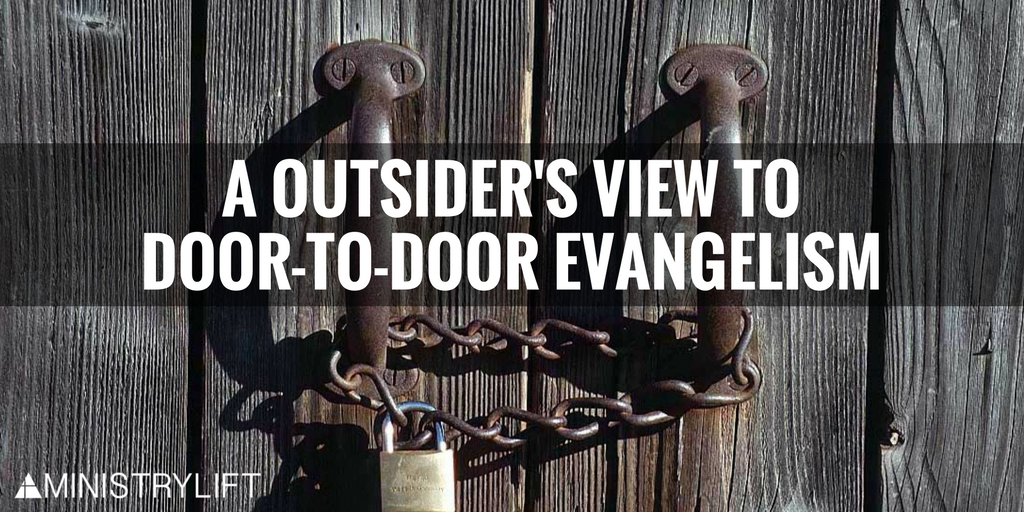An Outsider’s View to Door-to-Door Evangelism
They knocked on my front door on a Monday evening at the typical time: shortly after our dinner table had been cleared and just before our kids’ bedtime.*
I had not met the two young men who stood on my porch, but I quickly learned one was from Sacramento and the other from Salt Lake City. One introduced himself with the title of Elder, the other with only his first name. While they talked, my daughter gripped my hand and pirouetted from time to time. This wasn’t new to her either.
Visitors from the Church of Jesus Christ of Latter-day Saints have made it a habit to stop by our home. A few years ago, my wife and I invited a small group of missionaries into our home to discuss their faith in greater depth. This led to a series of meetings over several months and gave me the chance to participate in an Alpha course with a couple from the local LDS ward. The missionaries from that first meeting have returned to their respective hometowns, but the cycle of visitations is now continuing. New faces, new introductions, but very similar interactions.
After I bid them farewell, I collected my thoughts and reflected on how it felt to be an “outsider”—the person perceived to need the faith being presented. Many times, Christians try to think with this mentality so they can communicate the gospel message more effectively. But thinking from a certain perspective is much different than experiencing it firsthand.
Here’s what I learned from my latest interaction:
They came with a purpose
Pranks aside, people don’t knock on doors without a reason. Salespeople want me to change my gas or internet provider, my neighbour asks me for a favour, my friend arrives and doesn’t want to barge in. There’s always a reason for knocking.



